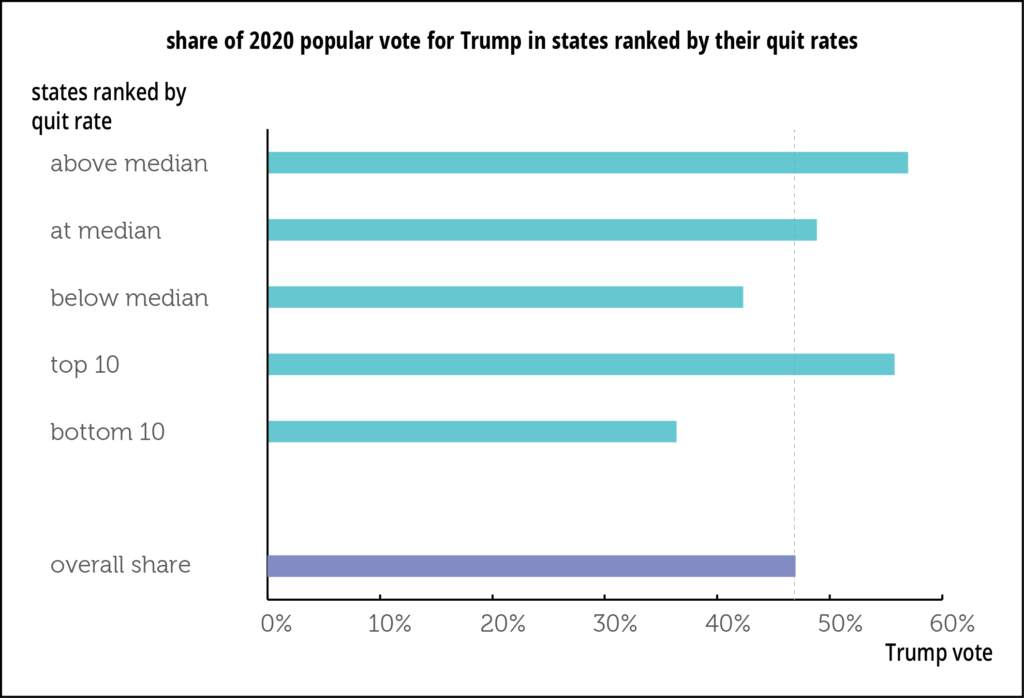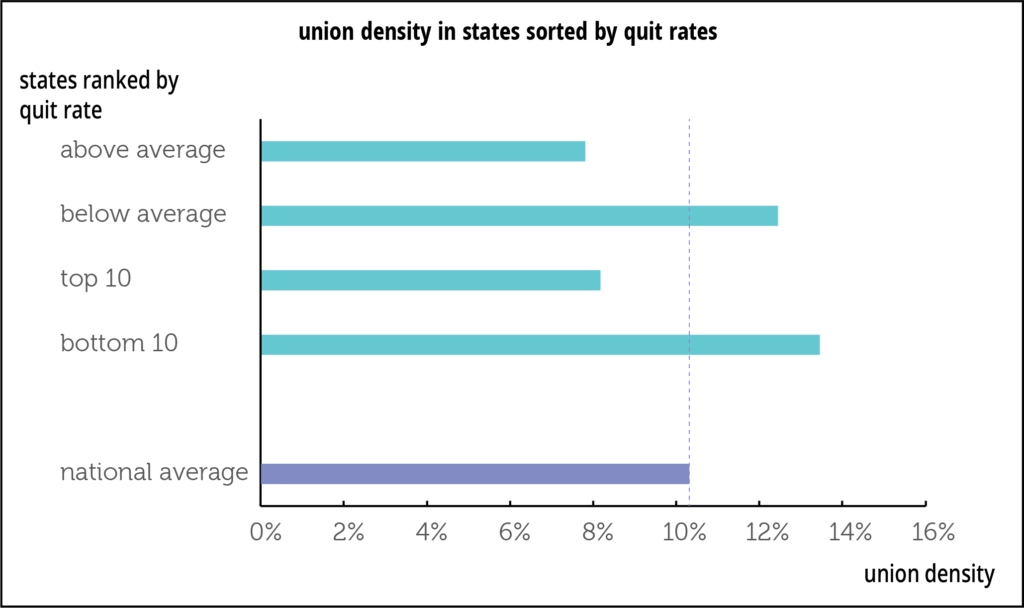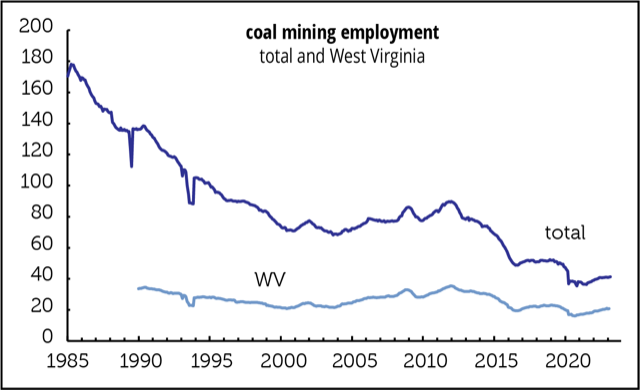“The economy is a wholly owned subsidiary of the environment, not the other way around.” Herman Daly
In his presentation at the Levy Institute’s recent panel on central banks and climate change, William Oman outlined major views on the role of central banks and financial supervisors in an age of ecological threats and climate change, referencing a chapter he and co-authors Mathilde Salin and Romain Svartzman contributed to “The Future of Central Banking.” The intense debates of recent years target two issues in particular: growing ecological threats to price and financial stability, and the evolving redefinition of the role of central banks and financial supervisors (CBFS), especially concerning large asset purchases and liquidity provision, in what scientists know to be a climate emergency.
 Photo credit Robert Kraus, but where was it taken?
Photo credit Robert Kraus, but where was it taken?
Oman identified three main normative approaches. The first, considered the least active response, is risk-based and would limit responses of CBSFs to cases of direct risks to monetary or financial stability. In the second, CBFSs would more proactively address climate change. The third, which Oman calls an evolutionary perspective, focuses on the context in which central banks operate, a constantly evolving role that would undergo change once thought incomprehensible, in our changing world. That would need to work in concert with broad institutional transformation.
Oman also mentioned the less common belief that central bankers should refocus on their “narrow core” mission of price stability and that the “first best” solution to climate change is carbon pricing.
Of course, all approaches are driven by very different visions of the world, of money, finance, the role of the state in the economy, and different theories of value. Historically and ideologically situated, they all raise questions regarding the development of central bank mandates, and the profound ways in which they matter.
The first view assumes central banks and supervisors are “guardians of financial stability,” that money is neutral, markets are stable, and the state has a role in righting capsized markets. Since financial systems are vulnerable to extreme climate events that in turn limit central bankers’ ability to manage inflation, addressing climate change falls within central bank mandates. Under this outlook, CBFSs could contribute to the green transition by measuring climate-related risks, with forward-looking climate stress tests—already underway—and lay out the outlines of how climate change could affect the structure of monetary regimes. Through their actions central bankers contribute to climate risks both directly and indirectly, and so have double materiality. This view is limited both by the fact that climate risks are hard to measure, and even good measurement would not insure responsible capital allocation, all making it unclear that central banks may not be able to carry out their stability/price mandate as climate extremes intensify.
The second and more pro-active view assumes money is not-neutral, and has long-term impacts on the economy, especially in production; financial markets are not efficient and regularly misallocate capital; and the state has both a market creating and shaping role. CBFSs have “significant power” over finance, which in turn has significant power over the economy, while the radical uncertainty engendered by climate change means that worst case scenarios, catastrophic for human civilization, cannot be excluded. Central proposals include requiring regulated institutions to submit transition plans, provide financing at low interest rates for low-carbon activities, and a “green QE” under which banks would purchase publicly issued low-carbon bonds. A major drawback to this outlook is political, central banks would be taking on social issues that should fall to elected governments, filling that void. Another is practical, even pro-active central banks cannot succeed on their own. Goals could clash, and greenflation will almost certainly cause instability—to put it mildly!—in certain sectors. Again it’s not clear inflation mandates can be managed under this approach, and a change of mandate could be necessary. (Oman et al. do not endorse any one approach. Theirs is more of a public-service piece.)
The third view is the most expansive, framing money as a social institution, finance as unstable, and the state as a key coordinator. Here, central banks have to act on ideas coming through the first and second outlooks, but cannot make up for weak efforts of fiscal authorities or poor industrial policy.
Here Green Swans swim into view. In a Forbes interview, John Elkington distinguishes green swans from black by noting that black swans often take you where you don’t want to go, and green swans where you do want to go, but with the intense and unpredictable risks that travel with disruptive technologies. Such risks can lead to irreversible losses in certain sectors that can’t be hedged or insured against by individual agents. Managing green swans calls for broad policy coordination and suggests the role of central banks would have to be profoundly changed, part of a broader systemic reshuffling.
Ambitious goals include radical change in our policy frameworks, coordination with other policymakers, and perhaps fiscal and industrial structures aimed at moderating consumption. CBs could support government-led transitions by keeping interest rates low, with direct financing perhaps an option. Some of the big issues include the fact that CBs have limited ability to address ecological crises, like declines in biodiversity and mass extinctions, and are vulnerable to ecological limits. Oman includes growing evidence that GDP limits could be required, at least in rich countries, which would have profound effects on central banks—need we add? And the need to coordinate between the monetary/financial and real economies may make such a project a nonstarter. This approach would also require democratic consideration to balance inflation goals and ecological objectives.
Now, on to Oman’s open questions. Sobering fact: all of these views are susceptible in “profound ways” to the possibility that we may already be in an under- or even unacknowledged climate emergency. Tim Lenton, of Exeter’s Global Systems Institute, and his colleagues have defined a climate emergency as the product of risk and urgency. Risk is defined by insurers as probability multiplied by damage, urgency as reaction time to a climate red flag divided by the time needed to offset the worst outcomes. We are in an emergency situation if both risk and urgency are high. If reaction time is longer than intervention limits, we have lost control.
Here’s the formula: E = R x U = p x D x r/T
Referencing Lars Peter Hansen’s repeated admonishments that “every model is by nature mis-specified” by the complexities of our world, and that we have to do a better job of including uncertainty in public policy, Oman stresses that those weaknesses would unravel ideas and plans, and the fact that we need to work through mis-specifications itself illustrates the limits of our body of knowledge.
Oman adds in Stanford economist/philosopher Jean-Pierre Dupuy’s idea that our great power to destabilize earth systems, which has made our civilizations possible, brings great responsibility—the ethical obligation to know. But this obligation faces “profound limits:” the structural complexities of ecosystems and their unknowable, catastrophic, tipping points; and the unpredictable limits of the new technologies, specifically our ability, or inability, to substitute increasingly scarce natural inputs with artificial. The concept of financial risk could well become less relevant since, again, there is no way to compensate for damages that are universal.
That brings Oman to his own question, do central banks need a Plan B? William White, former chief economist of the BIS, raised the idea with Oman that efforts of central banks to maintain old mandates and old monetary policy is akin to “fiddling while Rome burns” in the face of truly existential ecological dangers, and that we need to find a workable philosophical framework.
Challenge 1: The frameworks we have assume earth-system stability, which likely do longer applies. How do we determine the correct ethics for crafting a policy framework in an “age of catastrophes?” White has argued that we need to anticipate how someone in the future might judge the choices we make now. No regrets is not enough—the idea that we don’t want to spend too much if worst cases do not occur is imbedded in our thinking.
Challenge 2: What is the correct hierarchy of objectives? In the 1930s microeconomic goals were subordinated to macroeconomic goals in direct response to the Great Depression. Is it time to subordinate macroeconomic to ecological goals? Here Oman quotes economist Herman Daly, “The economy is a wholly owned subsidiary of the environment, not the other way around.”
Challenge 3: What would an inversion for central banks look like? Would they need to pay more attention to the long-term effects of monetary policy, and to coordination with other agencies? Does the climate emergency justify a war-time financing role for central banks? And, finally, are credit controls, which will likely be a last resort in avoiding tipping points, already justified?
And, we’ll add, what would the whole, new, mess look like?
Watching William Oman and other young economists stepping forward to outline challenging new ideas in a world of inaction is indeed heart-breaking. We owe them our attention. They are the ones facing the existential dangers they so bravely describe.










Tech Construction Boom
The Biden administration’s industrial policy, specifically the CHIPS and Science Act, appears to be having a serious real-world effect. Construction in the computers and electronics sector is setting records, and by a wide margin.
The CHIPS (“Creating Helpful Incentives to Produce Semiconductors”—why do they find acronyms so irresistible?) Act was designed to bring semiconductor manufacturing back to the US. It was inspired by supply chain lessons from the pandemic—maybe having to source crucial industrial supplies from halfway around the world isn’t as brilliant an idea as it seemed at first—and to wean American industry from Chinese component makers as tensions between the two countries mount. According to a McKinsey summary, the law “directs” about $280 billion in new investments and R&D in the sector over the next ten years, via a mix of direct spending and tax breaks. Some $24 billion of that is devoted to tax credits designed to stimulate investment in semiconductor manufacturing.
If you look at the Census Bureau’s construction spending numbers, the bipartisan Act is already stimulating such investment. Graphed below are quarterly averages of monthly spending numbers (which are expressed as a seasonally adjusted annual rate) as a percent of GDP. The top graph shows the total and major aggregates, which fall well short of the “eye-popping” modifier. Residential construction has risen, first with the recovery from the 2006–2012 housing bust, and then accelerating with the 2020–2022 boom—though the 2022Q2 peak, 3.8% of GDP, was no match for 2005Q4’s 5.0%. Nonresidential has been pretty flat for almost a decade, only recently returning to its pre-pandemic levels.
But the second graph tells a very different story: a surge in manufacturing, largely accounted for by computers and electronics. The slope of the lines does qualify for the “eye-popping” modifier, as do the numbers behind the picture. Between 2021Q4 and 2023Q2, construction spending in manufacturing is up 114%, with 86% of the dollar increase coming from the computers and electronics subsector, where spending is up 441%. That surge took construction spending in computers and electronics from 0.1% of GDP to 0.4%. That may not sound like much, but it never got above 0.1% until 2022Q3. No other manufacturing subsector reported by Census shows an increase unless you take it out to two decimal places.
What will come of this spending won’t be known for some time. But something is happening now.